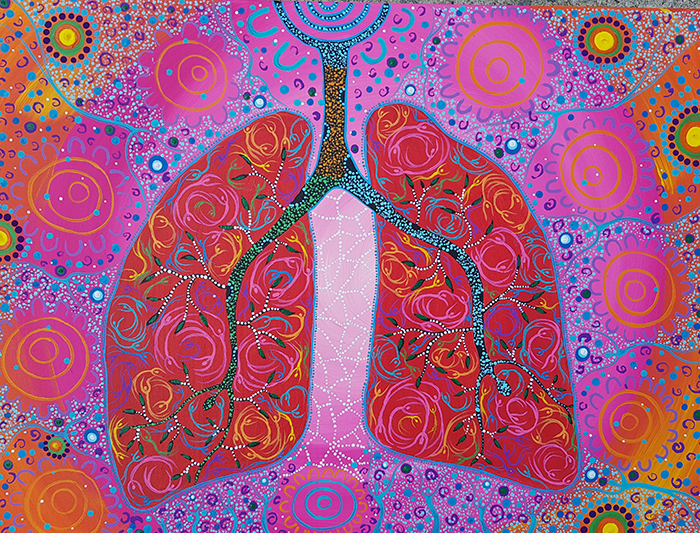Search
Research
Altered lung structure and function in mid-childhood survivors of very preterm birthTo obtain comprehensive data on lung structure and function in mid-childhood from survivors of preterm birth.
Research
Lung function in African infants: A pilot studyUnsedated infant lung function measures of tidal breathing, MBW, and eNO are feasible in a semi-rural African setting
Research
Lung function in African infants: A pilot studyInfant lung function (ILF) testing may provide useful information about lung growth and susceptibility to respiratory disease.
Research
Respiratory impedance and bronchodilator responsiveness in healthy children aged 2-13 yearsThere is limited information on changes in FOT outcomes in healthy children beyond the preschool years and the level of bronchodilator responsiveness (BDR)...
Research
Clinical investigation of respiratory system admittance in preschool childrenWe compared the ability of Ars, to standard oscillatory outcomes, to determine respiratory disease and differentiate responses to inhaled bronchial challenges.
Research
Air Trapping on Chest CT Is Associated with Worse Ventilation Distribution in Infants with Cystic FibrosisIn school-aged children with cystic fibrosis (CF) structural lung damage assessed using chest CT is associated with abnormal ventilation distribution.
Research
Commentaries on Viewpoint: Standards for quantitative assessment of lung structure.Commentaries on Viewpoint: Standards for quantitative assessment of lung structure. Instillation fixation and overinflation of the mouse lun

News & Events
Toxic, harmful chemicals found in popular Australian e-liquidsPerth researchers have found toxic and harmful chemicals in several dozen e-cigarette liquids readily available in Australia.

Healthy lungs help you to breathe better. This means you can sleep better, as well as play sports, run and walk without being short winded.
Research
Multiple-breath washout as a lung function test in cystic fibrosis: A cystic fibrosis foundation workshop reportRecent technological advances in equipment design have produced gains in popularity for this test among cystic fibrosis (CF) researchers and clinicians...
